Ice skating is a graceful dance on frozen water, a thrilling sport that captivates audiences worldwide. The blades beneath our feet are marvels of engineering, precision-crafted to slice through ice with minimal resistance while providing the stability and control needed for everything from casual gliding to Olympic-level performances.
The quality and condition of your blades can make or break a skater’s performance. Whether you’re a figure skater executing a perfect triple axel or a hockey player making lightning-fast direction changes, your success hinges on these seemingly simple strips of metal.
The Anatomy of a Blade
An ice skate blade is a complex piece of equipment with several key components:
The Edge
The edge is where the magic happens. It’s not just a single sharp point, but rather two distinct edges – inside and outside – created by the hollow groove running along the bottom of the blade.
This design allows skaters to grip the ice when needed and glide smoothly when desired.
The edges are crucial for executing turns, stops, and other maneuvers. The inside edge is used for most turns and crossovers, while the outside edge comes into play for more advanced techniques like spread eagles and certain jumps.
The Rocker
The rocker refers to the blade’s curved profile from toe to heel. This curvature decides how much of the blade contacts the ice at any given time, affecting maneuverability and stability.
Figure skates typically have a more pronounced rocker for increased agility, allowing skaters to perform intricate footwork and spins with ease. Hockey skates, on the other hand, have a flatter profile for speed and power, enabling players to make quick starts and maintain high speeds on the ice.
The rocker’s shape can be customized to suit a skater’s style and discipline. A more aggressive rocker might benefit a figure skater who specializes in spins and footwork, while a less pronounced curve could help a speed skater maintain their stride.
The Toe Pick
Exclusive to figure skates, the toe pick is a jagged section at the front of the blade used for jumps and spins. It’s design has evolved over time, with modern toe picks featuring more pronounced teeth for better ice grip during complex maneuvers.
The toe pick serves several purposes:
- It provides a point of leverage for jumps, allowing skaters to dig into the ice and propel themselves upward.
- It aids in stopping and quick direction changes.
- It’s essential for certain spins, particularly those that involve balancing on the front of the blade.
Beginner skaters often struggle with toe picks, as they can catch on the ice unexpectedly. However, with practice, figure skaters learn to use them as a powerful tool in their arsenal of techniques.
The Hollow
The hollow is the concave groove ground into the bottom of the blade. It’s depth affects how the blade interacts with the ice, influencing factors like speed, grip, and turning ability.
Deeper hollows provide more grip but can slow you down, while shallower hollows offer less resistance but reduced control. The choice of hollow depth is highly personal and depends on factors such as:
- Skater’s weight
- Skating style
- Ice conditions
- Discipline (figure skating, hockey, speed skating)
A typical hollow depth ranges from 3/8″ to 1″ for most skaters, with 1/2″ being a common starting point. However, elite skaters often experiment with various hollow depths to find their perfect balance of speed and control.
Material Matters
The choice of blade material is crucial for performance and durability. Here are the most common options:
Stainless Steel
Stainless steel blades are popular for their corrosion resistance and durability. They’re a great choice for recreational skaters and those who don’t want to worry about frequent maintenance.
Advantages of stainless steel blades include:
- Resistance to rust and corrosion
- Lower maintenance requirements
- Good durability for recreational use
- More affordable than some high-end options
However, stainless steel blades may not hold an edge as well as other materials, requiring more frequent sharpening for serious skaters.
Carbon Steel
Carbon steel blades are favored by many professionals for their superior edge retention and ability to be sharpened to a finer edge. However, they need more maintenance to prevent rust.
Benefits of carbon steel blades:
- Excellent edge retention
- Can be sharpened to a very fine edge
- Preferred by many competitive skaters for their performance
The main drawback is the need for vigilant care to prevent rust, including thorough drying after each use and regular application of blade oil.
Coated Blades
Some high-end blades feature special coatings like nickel or chrome to enhance durability and reduce friction. These can offer a performance edge but come at a premium price.
Coated blades aim to mix the best of both worlds:
- The performance of carbon steel
- The corrosion resistance of stainless steel
- Reduced friction for potentially higher speeds
While these blades can offer top-tier performance, they’re often significantly more expensive and may need specialized care.
The Science of Skating
Contra to what a lot of people believe, ice skaters don’t actually melt the ice beneath them. The physics behind skating is far more fascinating:
When a skater applies pressure to the ice through their blade, it causes a phenomenon called “pressure melting.” This creates a thin layer of water molecules between the blade and the ice, reducing friction and allowing for smooth gliding. As the blade moves forward, the pressure is released, and the water instantly refreezes.
This process happens in milliseconds, creating a near-frictionless surface for the blade to glide on. It’s this delicate balance of pressure, temperature, and blade design that makes ice skating possible.
Several factors contribute to this unique interaction between blade and ice:
- Pressure: The weight of the skater concentrated on the thin blade creates immense pressure on the ice surface.
- Temperature: Ice at or near it’s melting point is more susceptible to pressure melting.
- Blade design: The shape and sharpness of the blade affect how it interacts with the ice surface.
- Ice composition: The purity and temperature of the ice can influence it’s response to pressure.
Understanding this science can help skaters and coaches make informed decisions about blade choice, sharpening techniques, and even skating technique to improve performance.
Customization is Key
One size doesn’t fit all when it comes to ice skate blades. Professional skaters often have their blades customized to suit their specific needs:
Blade Profile
The rocker can be adjusted to match a skater’s style and discipline. A more pronounced rocker might benefit a figure skater performing intricate footwork, while a flatter profile could give a speed skater the edge they need.
Customizing the blade profile involves:
- Analyzing the skater’s technique and style
- Considering the specific requirements of their discipline
- Adjusting the curvature along the length of the blade
- Fine-tuning the transition points between different sections of the rocker
A skilled blade technician can create a custom profile that enhances a skater’s natural strengths and compensates for any weaknesses in their technique.
Hollow Depth
The depth of the hollow can be fine-tuned based on a skater’s weight, style, and ice conditions. A lighter skater might prefer a shallower hollow for easier gliding, while a heavier skater might opt for a deeper hollow for better grip.
Factors to consider when choosing a hollow depth:
- Skater’s weight and height
- Skating discipline (figure skating, hockey, speed skating)
- Personal preference for grip vs. glide
- Typical ice conditions at training and competition venues
Many skaters experiment with different hollow depths throughout their careers, adjusting as their skills improve or as they transition between disciplines.
Edge Angles
The angles at which the edges are sharpened can be customized to provide more or less bite into the ice. This is particularly important for hockey players who need precise control for quick stops and turns.
Edge angle customization involves:
- Determining the optimal inside and outside edge angles
- Considering the skater’s stance and technique
- Adjusting for specific maneuvers or playing styles
- Regular maintenance to maintain the desired edge angles
A professional skate technician can help skaters find the perfect edge angle for their needs, often using specialized tools to measure and maintain these angles precisely.
Maintenance: The Secret to Longevity
Proper blade maintenance is crucial for optimal performance and safety. Here are some pro tips:
Drying and Storage
Dry your blades thoroughly after each use to prevent rust. Use a soft cloth to wipe down the entire blade, paying special attention to the edges and any crevices where moisture might collect.
Store your skates in a well-ventilated area, ideally with blade covers to protect the edges. Avoid storing them in damp areas or sealed plastic bags, which can trap moisture and promote rust.
Blade Guards
Use blade guards when walking off the ice to protect the edges. Hard plastic guards are great for short-term use, while soft cloth guards are better for storage.
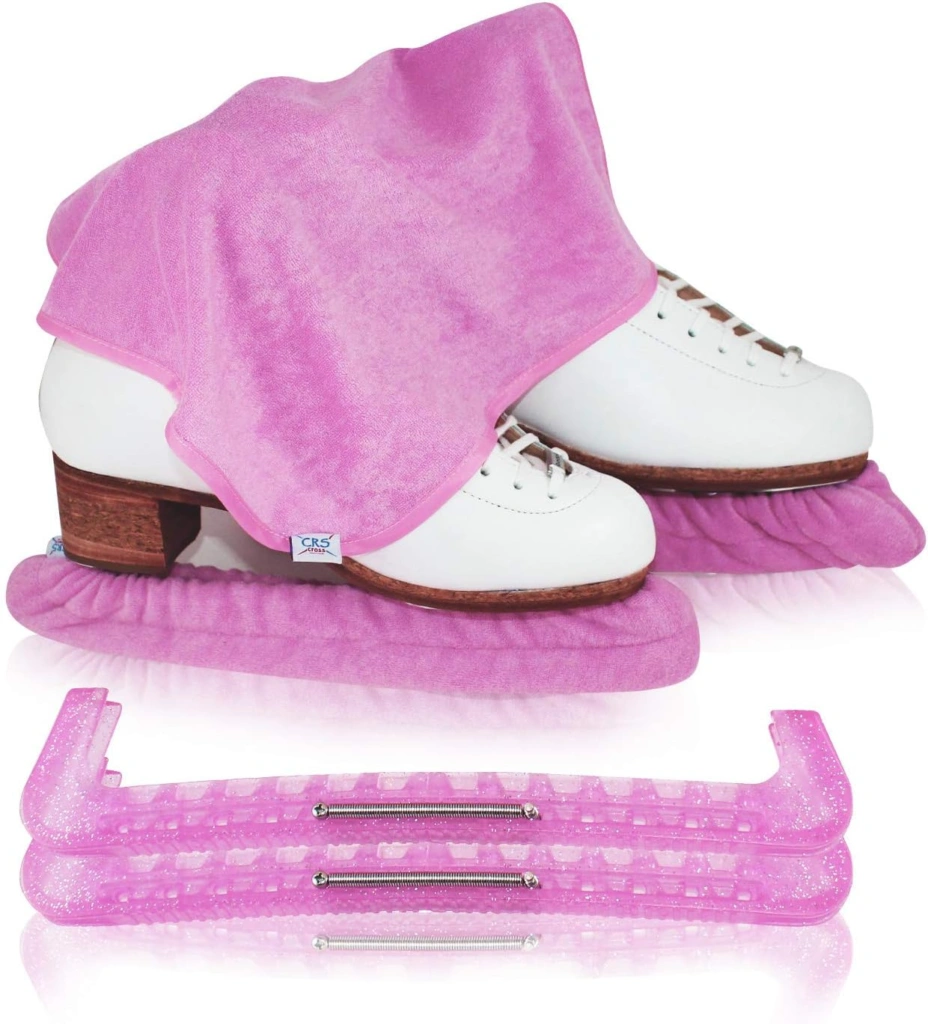
Remember to remove guards as soon as possible after leaving the ice, as they can trap moisture against the blade.
Professional Sharpening
Have your blades professionally sharpened regularly, typically every 20-30 hours of ice time. The frequency may vary depending on your skating intensity and ice conditions.
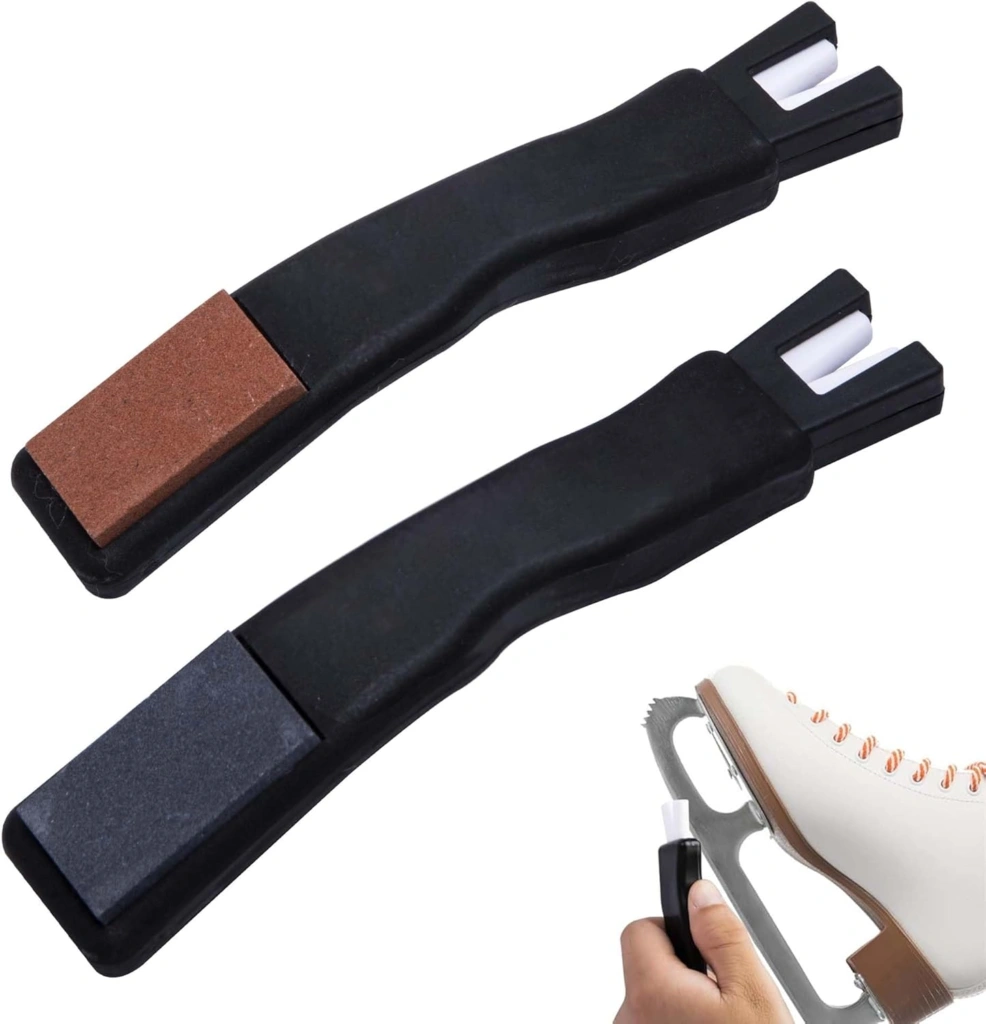
A professional sharpening confirms:
- Proper edge alignment
- Consistent hollow depth
- Removal of any nicks or damage
- Maintenance of the blade’s overall profile
While some experienced skaters learn to sharpen their own blades, it’s generally recommended to rely on a professional skate technician for optimal results.
Regular Inspections
Check for nicks or damage before each skating session and address them promptly. Small nicks can usually be smoothed out with a fine stone, but larger damage may need professional attention.
Pay attention to:
- The condition of the edges
- Any signs of rust or corrosion
- The overall alignment of the blade
- The security of the blade mounting
Catching and addressing issues early can prevent more serious problems and extend the life of your blades.
The Future of Blade Technology
As with any field, innovation in ice skate blade technology continues to push boundaries:
Smart Blades
Researchers are developing blades with embedded sensors that can provide real-time feedback on performance metrics like speed, pressure distribution, and edge angle.
These smart blades could alter training by offering:
- Instant feedback on technique
- Data on weight distribution and balance
- Analysis of edge usage and efficiency
- Tracking of performance metrics over time
While still in the experimental stage, smart blades could become a valuable tool for coaches and athletes in the near future.
Sustainable Materials
With growing environmental concerns, some manufacturers are exploring eco-friendly materials and production methods for blades.
Potential sustainable innovations include:
- Recycled steel blades
- Bio-based coatings for corrosion resistance
- Energy-efficient manufacturing processes
- Recyclable or biodegradable blade components
As sustainability becomes increasingly important in sports equipment, we can expect to see more eco-friendly options in the ice skating world.
3D-Printed Customization
Advances in 3D printing technology may soon allow for fully customized blades tailored to an person skater’s biomechanics and style.
3D printing could enable:
- Rapid prototyping of custom blade designs
- Precise control over blade geometry and weight distribution
- Integration of advanced materials for improved performance
- Cost-effective production of personalized blades
While mass-produced blades will likely stay the norm for recreational skaters, elite athletes could benefit greatly from this level of customization.
Exercises to Improve Your Blade Work
To truly master your blades, try these exercises:
One-Foot Glides
Practice gliding on one foot to improve balance and edge control. Start with short glides and gradually increase the distance as your confidence grows.
Focus on:
- Maintaining a stable core
- Keeping your shoulders level
- Engaging your ankle and knee for fine control
- Alternating between inside and outside edges
Crossovers on Circles
Perform crossovers while skating in circles to enhance edge work and power generation. Start with large circles and progress to tighter ones as your skills improve.
Key points:
- Push equally with both feet
- Maintain a low, balanced position
- Keep your upper body facing the center of the circle
- Practice in both clockwise and counterclockwise directions
T-Stops and Hockey Stops
Practice these stopping techniques to develop precise edge engagement. Start at slow speeds and gradually increase as you become more comfortable.
For T-stops:
- Glide on one foot
- Bring the other foot behind at a 90-degree angle
- Gradually apply pressure to the ice with the back foot
For hockey stops:
- Approach at a moderate speed
- Turn your body sideways
- Dig both blades into the ice simultaneously
- Bend your knees to absorb the impact
Figure Eights
Skate in figure eight patterns to develop smooth transitions between edges. Focus on maintaining fluid motion and consistent speed throughout the pattern.
Tips for effective figure eights:
- Use the full length of your blades
- Practice both forward and backward
- Concentrate on smooth edge transitions at the center of the eight
- Keep your upper body stable and facing the direction of travel
Remember, the key to improvement is consistent practice and attention to technique. Regular, focused practice sessions will help you develop better control and confidence on your blades.
Frequently Asked Questions
What are the different types of ice skate blades?
The main types of ice skate blades are figure skating blades, hockey skates, and speed skating blades. Each type is designed specifically for it’s respective discipline, with variations in rocker profile, toe pick presence, and overall length.
How often should ice skate blades be sharpened?
Ice skate blades typically need sharpening every 20-30 hours of ice time. However, this can vary depending on the skater’s weight, skating style, and ice conditions.
Some competitive skaters may sharpen their blades more often.
Can you sharpen ice skate blades at home?
While it’s possible to sharpen ice skate blades at home with specialized equipment, it’s generally recommended to have them professionally sharpened. Proper sharpening needs skill and precision to maintain the correct edge angles and hollow depth.
What is the difference between figure skate blades and hockey skate blades?
Figure skate blades are longer, have a toe pick at the front, and typically have a more pronounced rocker. Hockey skate blades are shorter, lack a toe pick, and have a flatter profile for better speed and maneuverability in quick turns.
How long do ice skate blades typically last?
With proper care and maintenance, ice skate blades can last for several years. However, competitive skaters may replace their blades more often, sometimes annually, to confirm optimal performance.
What is the purpose of the toe pick on figure skates?
The toe pick on figure skates serves many purposes. It’s primarily used for jumps, providing a point of leverage for take-offs.
It’s also used in certain spins and can assist with quick stops and direction changes.
Are stainless steel or carbon steel blades better for ice skating?
Both stainless steel and carbon steel have their advantages. Stainless steel is more corrosion-resistant and needs less maintenance, making it popular for recreational skaters.
Carbon steel can hold a sharper edge and is often preferred by competitive skaters, but needs more careful maintenance to prevent rust.
What is the “hollow” in ice skate blades?
The hollow refers to the concave groove ground into the bottom of the blade. It’s depth affects how the blade interacts with the ice, influencing factors like speed, grip, and turning ability.
The hollow can be customized to suit a skater’s weight, style, and preferences.
How do I prevent my ice skate blades from rusting?
To prevent rust, dry your blades thoroughly after each use with a soft cloth. Remove guards when storing skates to allow air circulation.
For carbon steel blades, applying a thin layer of blade oil can provide extra protection against moisture.
What should I look for when buying new ice skate blades?
When purchasing new blades, consider factors such as your skating discipline, skill level, and budget. Look for reputable brands and ask with a professional fitter if possible.
Consider the blade material, rocker profile, and any special features that might benefit your skating style.
Key Takeaways
- Ice skate blades are complex tools with many components that affect performance.
- The choice of blade material impacts durability, maintenance needs, and skating feel.
- Customization of blade profile, hollow, and edges can significantly enhance performance.
- Regular maintenance is crucial for blade longevity and optimal skating experience.
- Understanding the science behind skating can help you make informed decisions about your equipment.
- Emerging technologies promise even more advanced and personalized blade options in the future.
- Mastering your blades needs dedicated practice and a willingness to fine-tune your equipment.
Affiliate Disclaimer: SkateNavigator.com may include affiliate links, which allow us to earn a small commission when you make a purchase through them. This helps support our site at no extra cost to you. Thank you for your support!
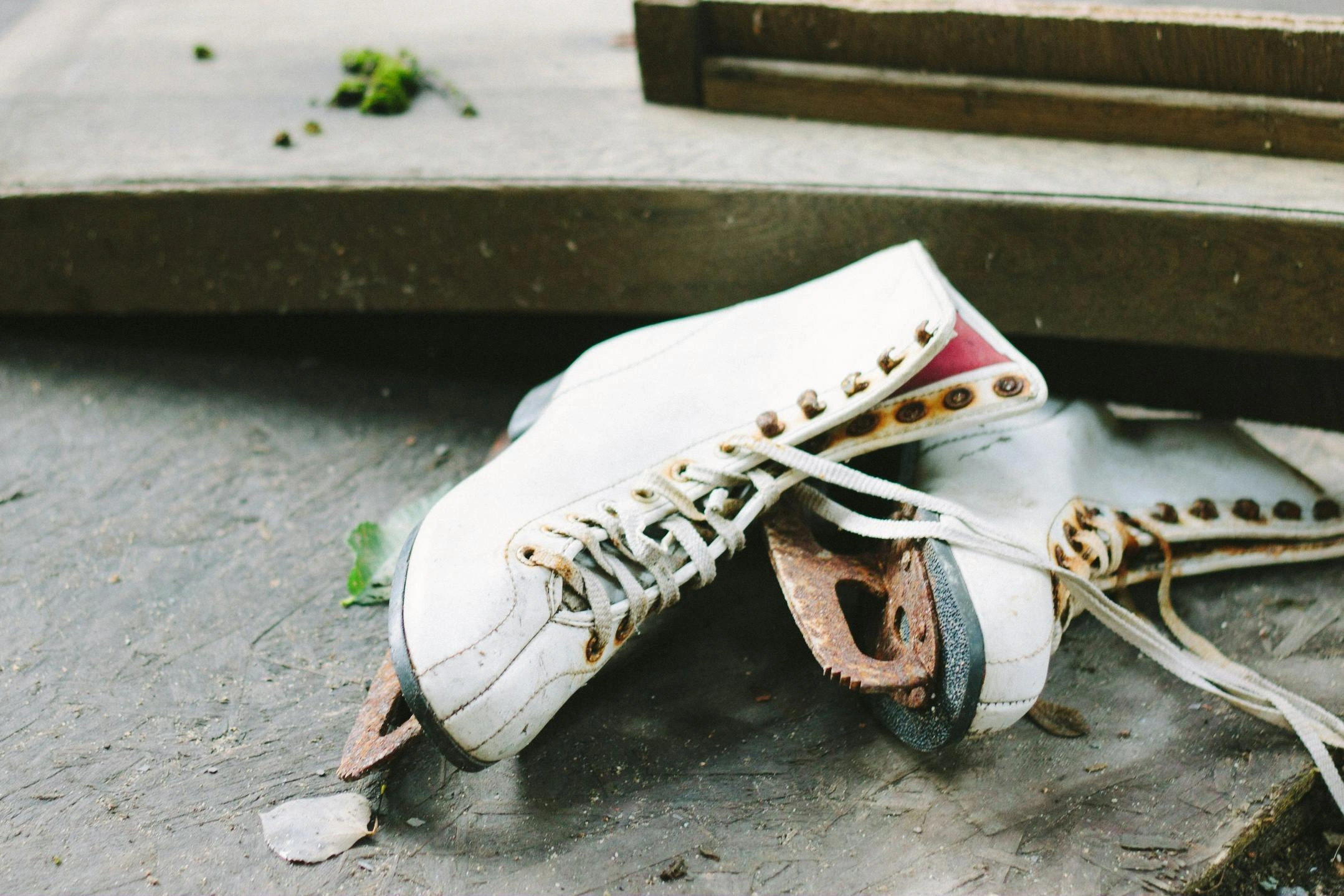

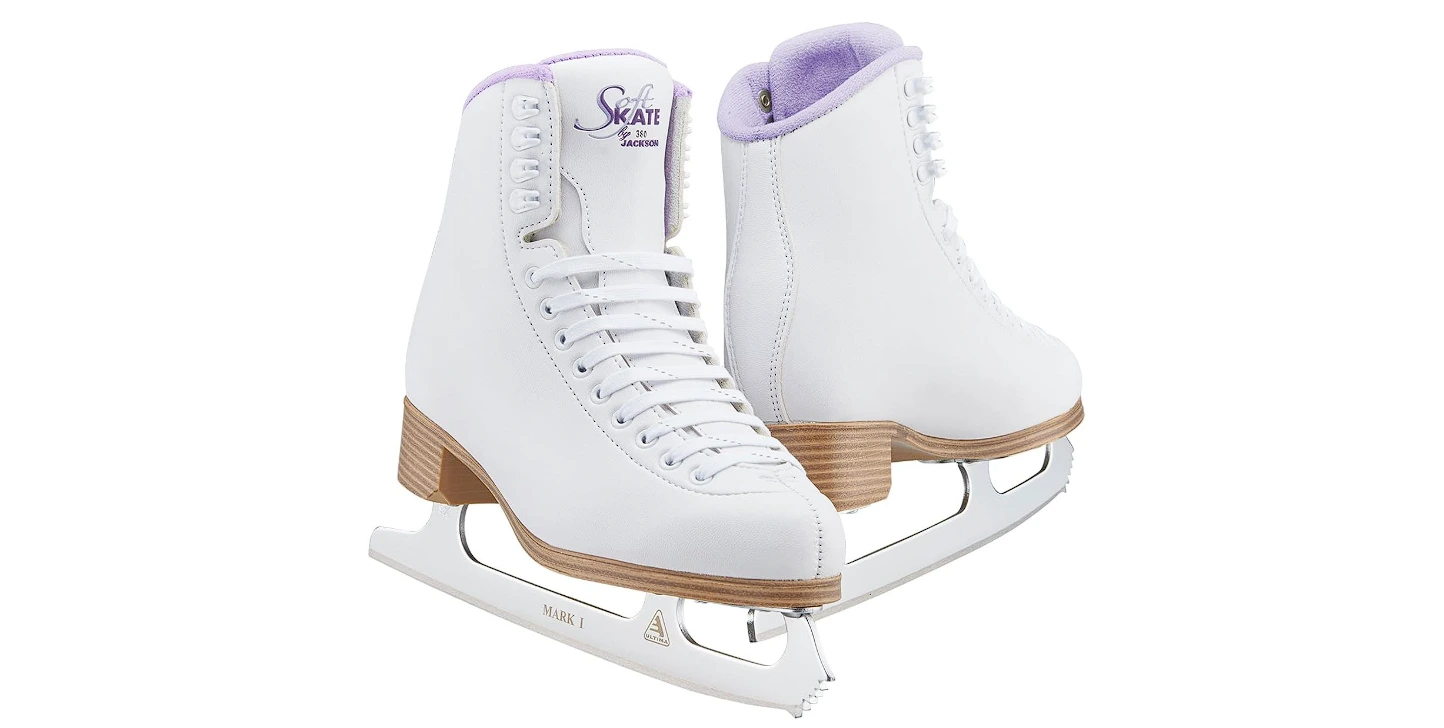
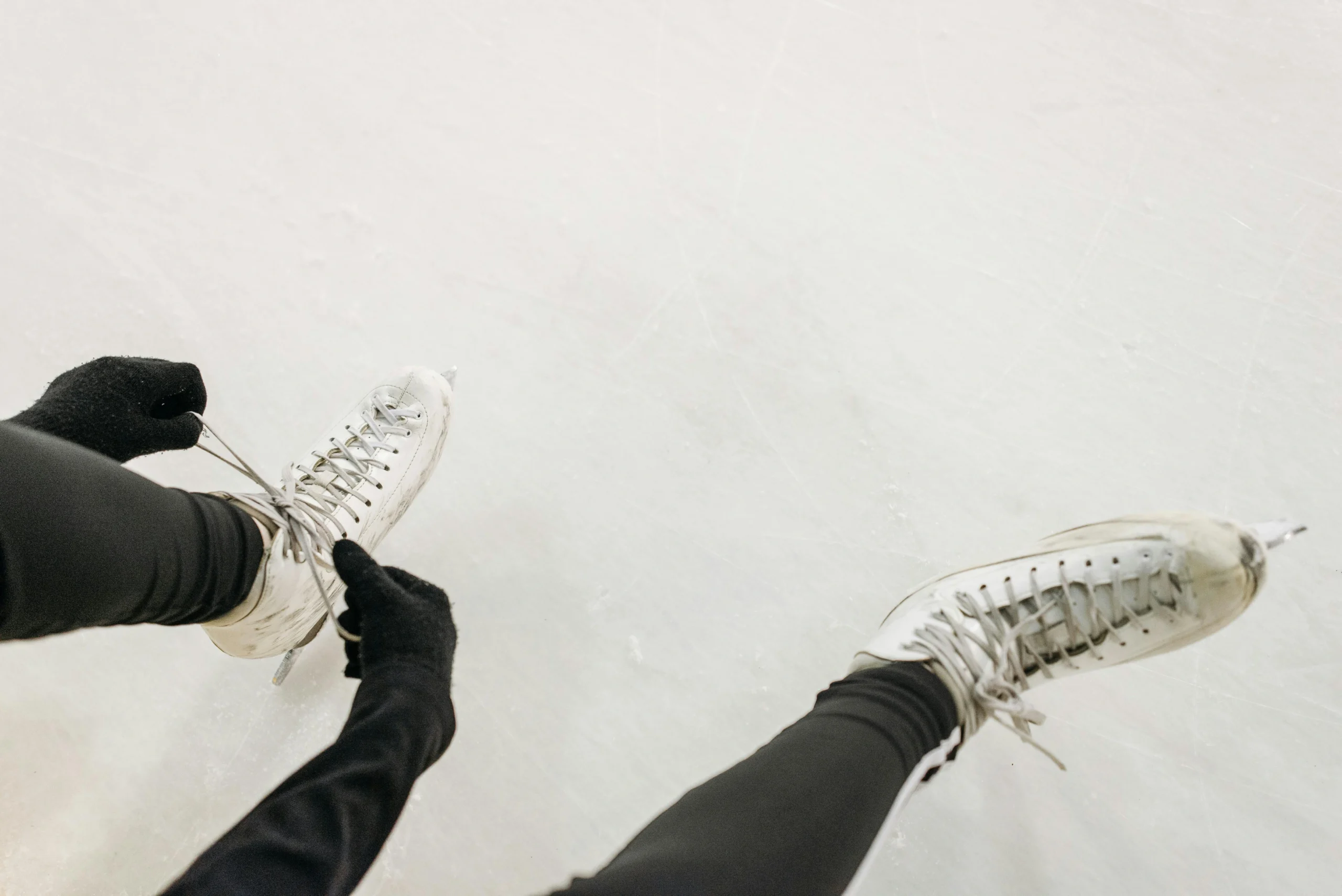
0 Comments